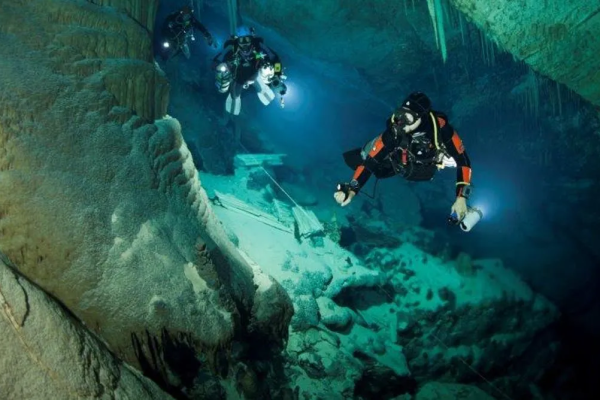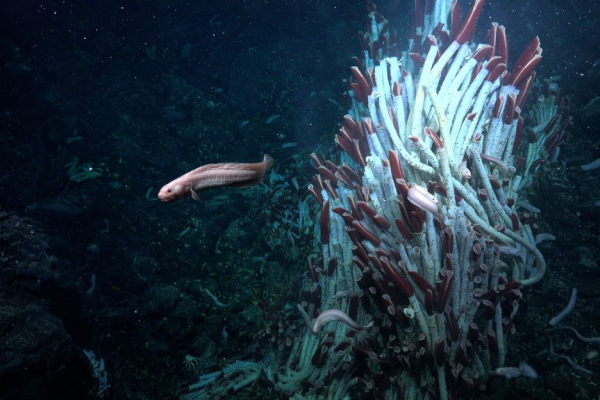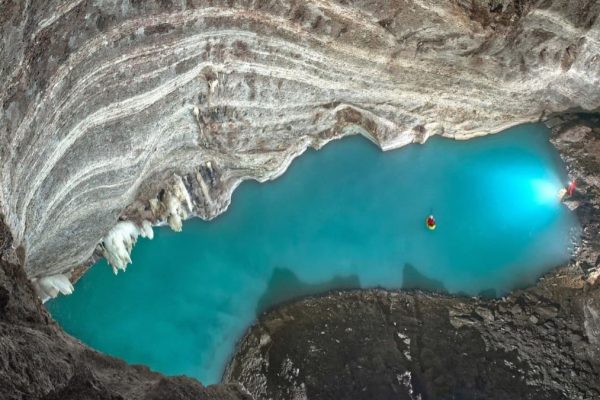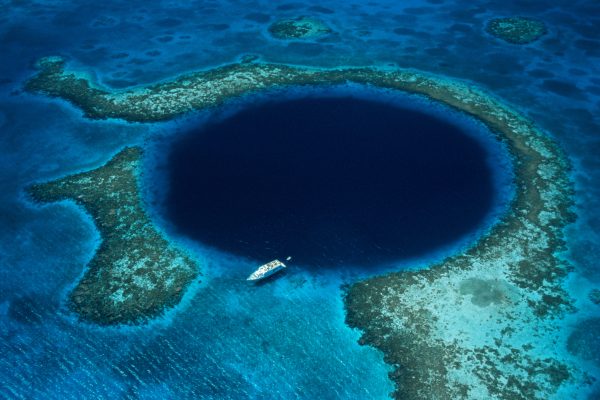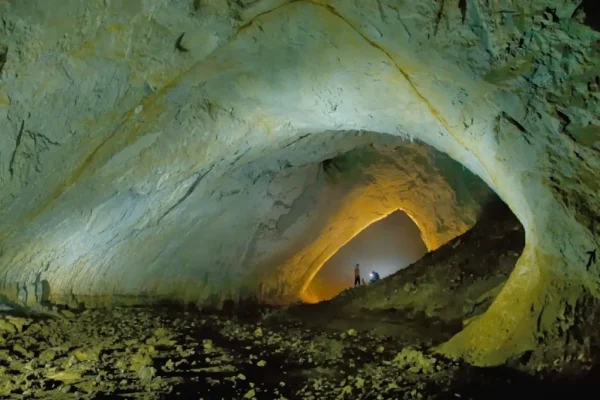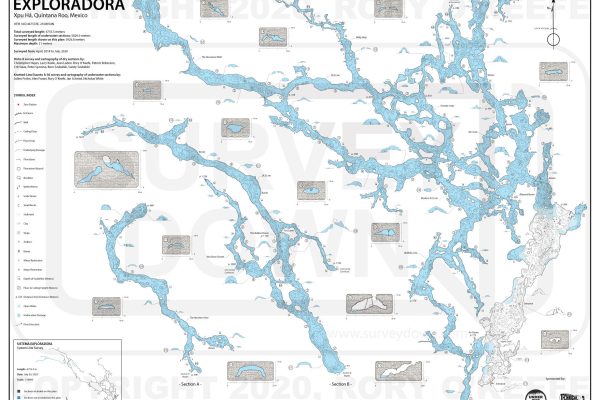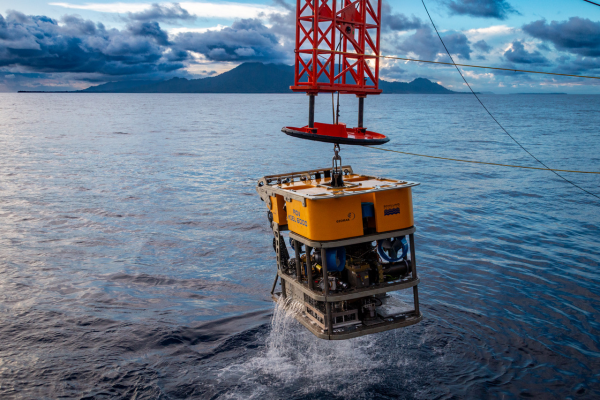
Karambusel Hydrothermal Field: A New Frontier in Deep-Sea Exploration
In a recent expedition off the coast of Papua New Guinea, scientists discovered a strikingly unique deep-sea environment known as the Karambusel hydrothermal field. This site is unusual because it features hydrothermal vents and methane seeps existing side by side—two geological processes rarely found in such close proximity. The field lies at around 1,300 meters…
